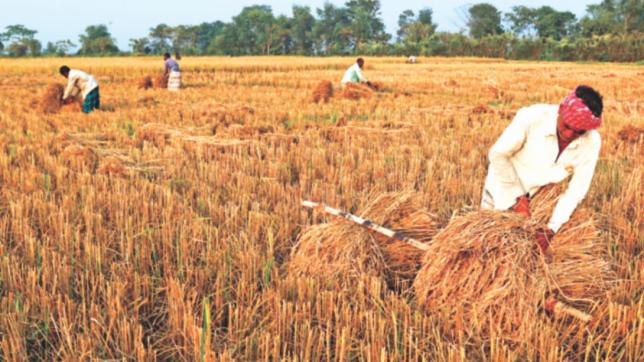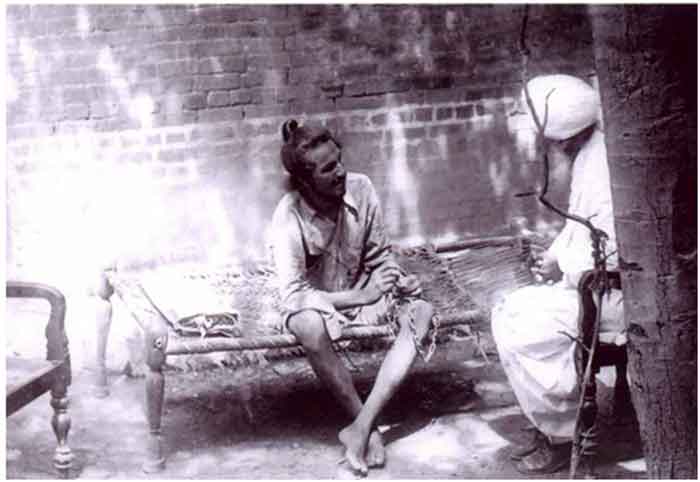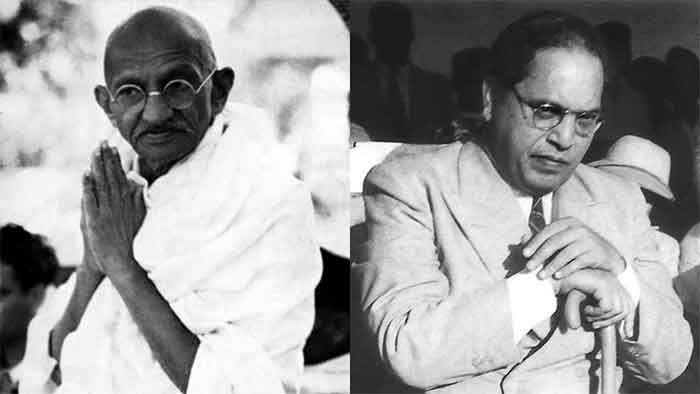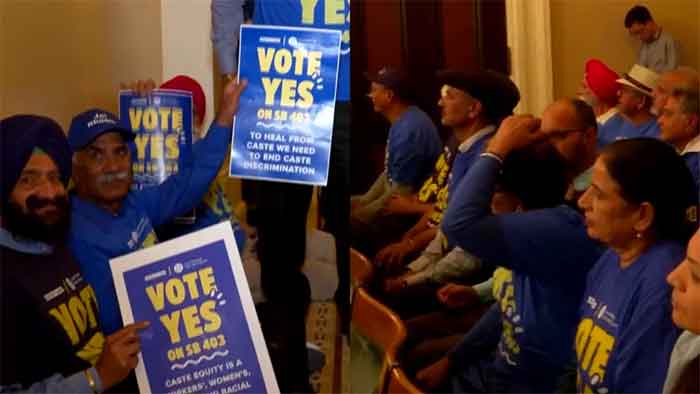
With the recent book “The Shudras : vision for a new path” (edited by Karthika Raja Karuppasamy and Kancha Ilaiah) and the Shudra farmers protesting on the capital borders, the issue of historically neglected Shudras came to the forefront. At a time when the right wing hindutva agenda is on its rise, the need to counter the whole discourse becomes indispensable. Goldsmiths, Shepherds, toddy tappers, washermen, barbers, weavers and other communities involved in production related nation-building processes are ‘Shudras’. ‘The Shudras’, who constitute the majority of Indian population, are the lowest ranking individuals in the fourfold varna system.The cultural mobilization of Shudras in the right direction is key to the reform of Hindu culture.
Shudras are not a monolithic group but many sub-castes having varied socio-politico-economic interests. The Shudra category is fraught with numerous divisions on the account of internalizing caste inequality by certain sub-castes. The OBC reservation, recommended by the Mandal commission, has exacerbated the situation by pitting the Shudras against themselves. Apart from those who were historically agrarian Shudra castes, the political push to pacify certain dominant sub-castes for poll purposes diluted the authentic Shudra identity. The dwija castes way of deploying the Shudra manpower to fight Dalits, Adivasis (SCs and STs) and other minorities acted as an obstacle in forming an anti-caste alliance with the help of Shudras. The rich Shudras like Jats, Patels, Kammas, Reddy’s were placated by giving them nominal authority in the hierarchic structures. The complacency of rich Shudras led to the sidelining of the larger reform issue.
The Shudras presence in the intellectual realm was minimal due to which they’re holding back the democratic revolution, in terms of abolishing caste and untouchability, from unravelling. The lack of anti-caste consciousness within the Shudra brethren is also a reason. The Shudra castes must do away with the feudal remnants and workout a way for their national unification and emancipation.
The dwija castes had a pan-Indian identity in the form of similar surnames, culture and so on whereas the Shudra masses were divided into various sub-castes confining them to specific regions. This regionalisation of Shudras has to be countered with a national agenda for their liberation. One such step in this direction would be coming out of the regional language education base and shifting to English medium education. The lack of English medium education has limited the representation of Shudras within bureaucracy, universities and politics. Entering these domains is indispensable, if Shudras have to emerge as a national force. A recent decision by Andhra Pradesh Chief minister Y.S.Jagan Mohan Reddy to introduce English education in all government schools would go a long way in addressing the Shudra crisis on many fronts. The dearth of English speaking intellectuals within Shudras perpetuated their fragmentation, preventing social cohesion. This also led to the dependence of Shudras on dwijas for political guidance.
The Shudra path to reform the Hindu culture
The sanction of Hindu spiritual system is necessary for Shudras to gain acceptance and attain a national stature. But Hinduism in its current form is not democratic enough to allow such changes to take place. Thus, reorienting the direction in which Shudra masses organise their social lives is of utmost importance to us. The spiritual suppression of Shudras is deceptive. The Shudras do not have the right to interpret the Hindu scriptures. Unlike Dalits, they are allowed into temples but they are denied the right to priesthood. This religious conundrum was never challenged by Shudras. Shudras have to either assert their right to spiritual equality within the Hindu structure or turn towards the other direction and consider the formation of alliance with the help of Dalits and Adivasis. Dalits have understood the functioning of inequality within the Hindu caste society. Their position outside the framework of the chaturvarna system has pushed them to look for ideals worthy of emulation outside the Brahmanic prescription. Dalits have made great strides in not only exposing the oppressive caste culture but also escaping the Hindu society by the way of conversion to Christianity and Buddhism.
The inability of Shudras to rise beyond regional aspirations is also because of the Sanskritization process at work due to which they pay obeisance to dwija castes, accepting the subordinate position. This has to be countered by inducting the concept of ‘Dalitisation’ into the Shudra consciousness. Dalitisation refers to the process of looking up to the constructive and creative ideals that move the nation forward, aspiring to embrace the culture and values entangled with such caste occupations. The Shudras must realize their position of spiritual slavery and the underlying conspiracy to make an informed decision. The ‘pure-impure’ conception also played its role in deceiving Shudras. The untouchability associated with Dalits was used as a marker of distinction, to differentiate them(Dalits) from the touchable Shudras. Shudra masses are involved majorly in production related occupations and Dalits although provide manual labour, are also associated with clearing the waste that society produces. The caste-specific occupations of Shudras and Dalits are not separate, but interrelated. Production and cleaning go hand in hand with each other but the value chain that links production and sanitation has been cut off. Therefore, any distinction that stems from this argument to establish Shudras and Dalits as separate entities, is absurd. The Shudra-Dalit alliance that should have been ensued, is natural and organic in its nature. The comprehensive understanding of this Hindu ideology and efforts to mobilize Shudras in the right direction would play a major role in reforming the Hindu culture given the fear of losing the majority to conversionist tendencies. The spiritual emancipation would liberate the minds of Shudras and would have a cascading effect in socio-political domains thus paving a way towards achieving a national image. The neglect of such spiritual questions was due to the historical denial of education to them. The Shudras need to rethink their ideological positions. The quick pace at which the Hindutva agenda is unfolding requires the Shudra masses to come out of slumber and rethink their ideological position in order to secure their interests.
















































